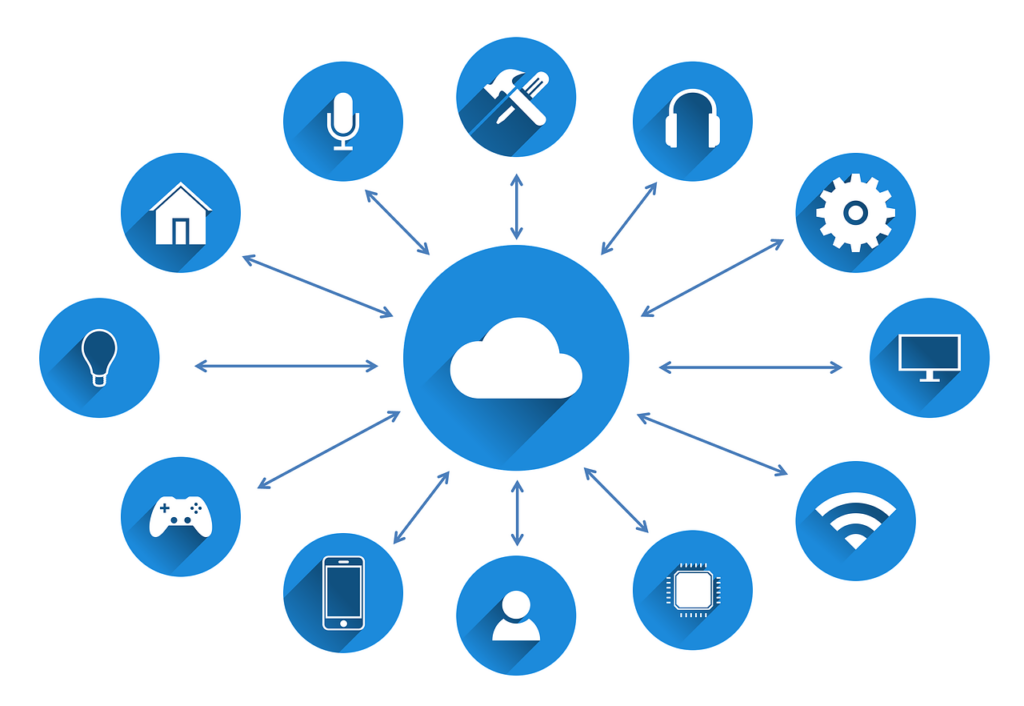By Ocient Staff

There’s no doubt that the Internet of Things (IoT) is producing an overwhelming amount of data. From wearable fitness trackers to in-car telematics, the IoT promises to change everything by collecting massive amounts of data that can produce insights that can improve efficiency and safety on an individual level as well as on a mass scale.
Just how much data are we talking about here? And can we make good use of it all?
The Massive Amount of Data Generated by the Internet of Things
The IoT is a network of physical devices, vehicles, home appliances, and other items embedded with electronics, software, sensors, and connectivity which enables these objects to connect and exchange data. With so many devices now connected to the internet, and projections only showing continued growth, we are producing and will continue to produce more IoT data than ever before.
Yet, that leaves some experts wondering if we are generating too much data for it to be useful. Many of them are positioning the argument that most of this data is unstructured, making IoT analytics difficult. In most cases, they are not wrong. Many of today’s processing solutions are expensive and cannot process the information at the required speed needed to properly gather the sheer magnitude of data being produced.
Is All This New Data Even Useful?
That depends. Given the expanded use of IoT and the number of connected devices, we are generating more data than ever before. However, to make all of this data useful through IoT analytics, it must be properly aggregated and processed.
Unfortunately, current data warehouse architectures can’t handle the volume of IoT data generated. Not only do they need to be able to extract, transform and load all of this data, but they must also make it available for fast processing. If it can’t be processed quickly and efficiently by data analysts, then there is little point in collecting the data in the first place.
This begs the question, are we generating too much data with the IoT?

Untapped Potential
The enormous amount of data represents an enormous opportunity to yield new insights. Analytics allows us to better understand end users by gathering data on the type of content they consume, as well as when and how they consume it. For example, with IoT analytics, you would be able to better understand end-user behavior to deliver more features and product enhancements, and even deliver targeted marketing campaigns based on user behavior. You may think that much of this is already accessible, but the analytics available at your fingertips now use a mere fraction of the information considering what is available through IoT data. The more information you have, the more educated business decisions can be. This effectively mitigates various risk components of the business.
Essentially, it’s not that there is too much data. We just need a way to analyze it all promptly.
What Companies want from IoT Data Analytics
The first thing companies want from IoT data is the ability to process and store large amounts of data quickly and efficiently. This is not an unfair request, given the mass amounts of data available. They want to capture it all in a fast and efficient manner without compromising storage capacities.
They also want IoT analytics that can help them make sense of all this data and extract valuable insights from it. Again, this is not an unreasonable request. If you have data, you have to be able to make sense of it. If you cannot properly analyze the information available to you, you cannot use the data to make informed business decisions.
Another key requirement ties into the previous one. Companies want IoT analytics that they can make sense of, but they also want the ability to do real-time streaming analytics on fast-moving data to enable companies to make quick decisions based on up-to-the-minute information. If it takes too long to aggregate reports, or if the information is needed immediately, you need a processing solution that can deliver.
Overcoming Challenges With Hyperscale Data Analytics
IoT is not only a reality, it will continue to be our future, and with it comes a massive influx of data. While some experts question whether or not this data is useful, companies like Ocient are ready to take on the challenge.
Ocient offers hyperscale IoT data analytics, loading terabits per second and running queries up to 50 times faster than the other leading alternatives. With this kind of power, we can make sense of the data and use it to improve our lives and our world.
Realizing Data ROI with Ocient
Data creates value, and given that it is being generated at an unprecedented rate, businesses can capitalize on this expanded opportunity, thanks to the IoT. However, they must have a processing warehouse capable of not only gathering the data but processing it for analysis quickly and efficiently. Too often, data warehouses fall short, begging the question: Does IoT produce too much data for us to make use of?
According to Ocient, no.
Ocient’s use case-driven solutions across transformation, loading, storage, and IoT analytics are delivered at a game-changing price point. This makes it easier than ever to realize data ROI from an initial investment stance – while other departments within the company also reap the rewards of having better insights into user behaviors, including R&D, production, sales, and marketing.
So if you’re wondering if the IoT is creating too much data for us to handle, rest assured that Ocient has got you covered. Contact us today to schedule a demo.

